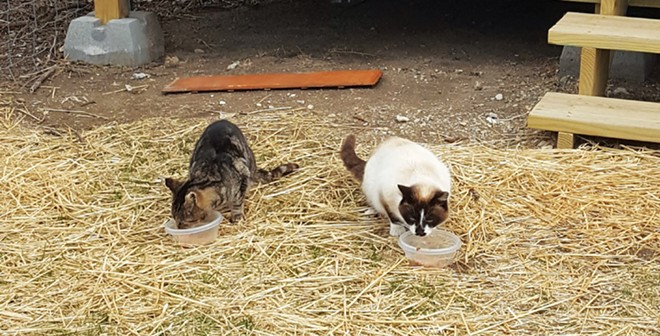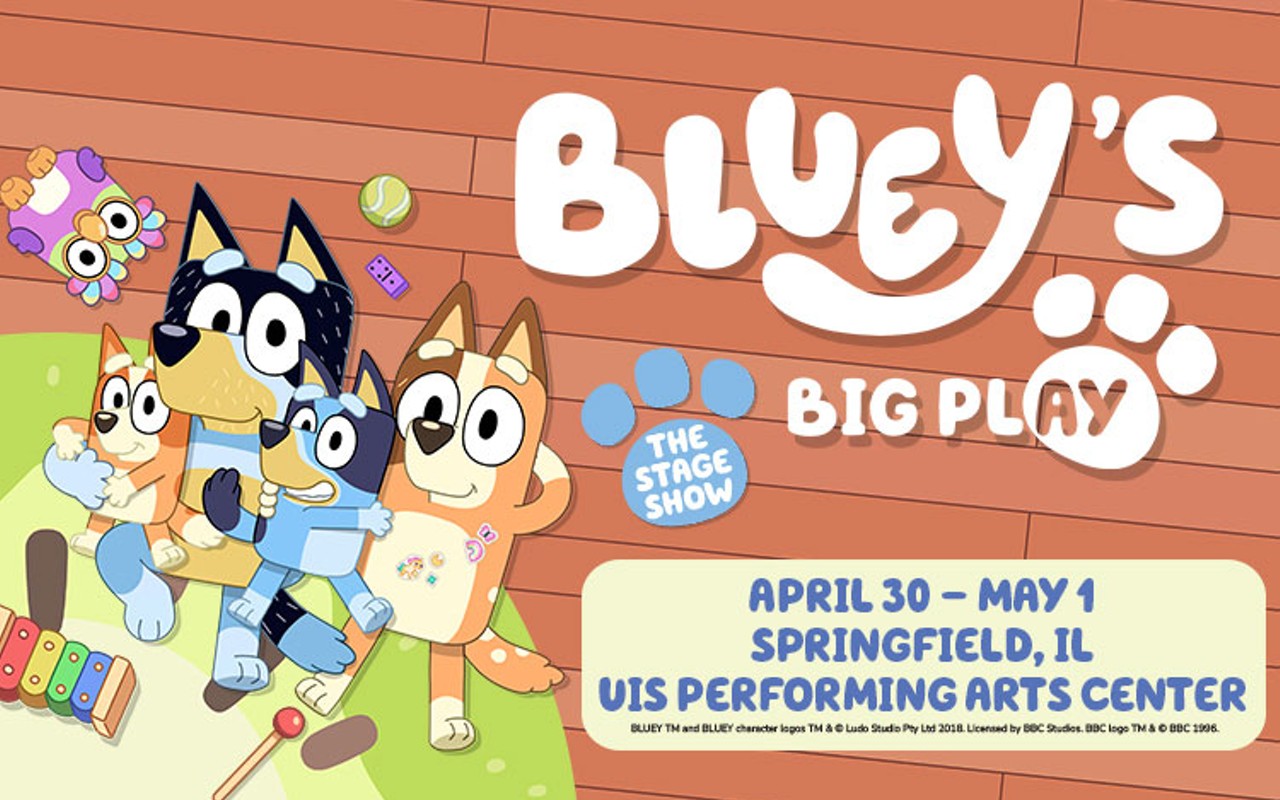
The shy ones slink around your shrubs, the longtime residents stroll leisurely through your yard and the tame ones arrive promptly at mealtime every day. They are all community cats, a label for unowned felines — either tame or feral (wild), living outdoors. And chances are, that healthy outdoor cat is just where he wants to be.
Contrary to common belief, not all cats are suited for the outdoors, nor are all outdoor cats better off indoors. Sarah Moore, manager of the Animal Protective League's spay/neuter clinic, is an advocate for cats that are thriving outdoors. "They have a home," she says, "It's just not in a house."
Alley Cat Allies, an advocate for community cats, agrees. Their 2007 study "U.S. Public Opinion on Humane Treatment of Stray Cats" is often used to justify leaving unowned cats outdoors. "The notion that cats belong only indoors or as 'owned' pets is contrary to the natural history of the Felis catus species, a species that has flourished outdoors for 8,000 to 10,000 years."
With a little help, outdoor cats can live healthy lives. Any dry cat food will provide basic nutrition, and experts suggest that outdoor cats be fed at the same time every day with the amount of food they will consume within 15 minutes. Fresh water should always be available. And while outdoor cats are adept at finding comfortable places to lounge, ensuring that they have shade and water in hot weather and shelter from rain and cold is important, too.
Well-meaning people may be tempted to take a community cat to an animal-control facility thinking it will be re-homed. But that's not a certainty. Instead, the cat is vulnerable to euthanasia when cages are full. And even if that particular cat isn't euthanized, it increases the likelihood that some other cat will be when a facility runs out of space.
Removing a feral community cat from your neighborhood may actually lead to more cats. Moore explains, "Feral cats typically have territories. Removing a feral cat from his territory creates a vacuum for another feral cat to move in." What's the better solution? TNVR: trap, neuter, vaccinate and return. TNVR is recognized as the humane solution to reduce the number of community cats. Cats are trapped, spayed or neutered, vaccinated against rabies and common viruses, and returned to their outdoor homes.
The most compelling reason to TNVR community cats is preventing litters. The Humane Society of the United States estimates that community cats account for as many as 80% of kittens born each year. Many of them wind up at animal-control facilities and shelters, leading to euthanasia at over-crowded animal controls and influxes at shelters. Although cats as young as four months can reproduce year-round, warm-weather months are known as kitten season in the field of animal sheltering.
In 2021, the Animal Protective League took in more than 1,300 kittens, many of them likely the offspring of community cats. Some were found as strays, while others were transferred to APL's shelter by area animal controls. Fortunately, volunteers take the youngest ones into their homes until they are old enough to be sterilized and placed for adoption. Even feral mother cats with litters go to foster homes, where the kittens are tamed and the mothers returned to the outdoors after the kittens are weaned. Observe the cats in your neighborhood before deciding what is best for them. And certainly, there is no harm in taking in a community cat as a pet. But a healthy community cat, with the help of his human neighbors, may well be a happy cat for many years to come.
Are you feeding a community cat, or maybe a bunch of them? Ask the Animal Protective League for assistance in TNVRing. They'll provide traps and low-cost spay/neuter. Cats are ear-tipped at the time of surgery to indicate that they have been fixed. After an overnight stay at our clinic, the cats are returned to their caretakers for the trip home.
Check out APL's website, apl-shelter.org for details on caring for community cats or call 217-789-7729.
Evelyn Taylor has lived among cats her entire life. A retired editor of history publications, she now serves as APL's resource development coordinator.

















